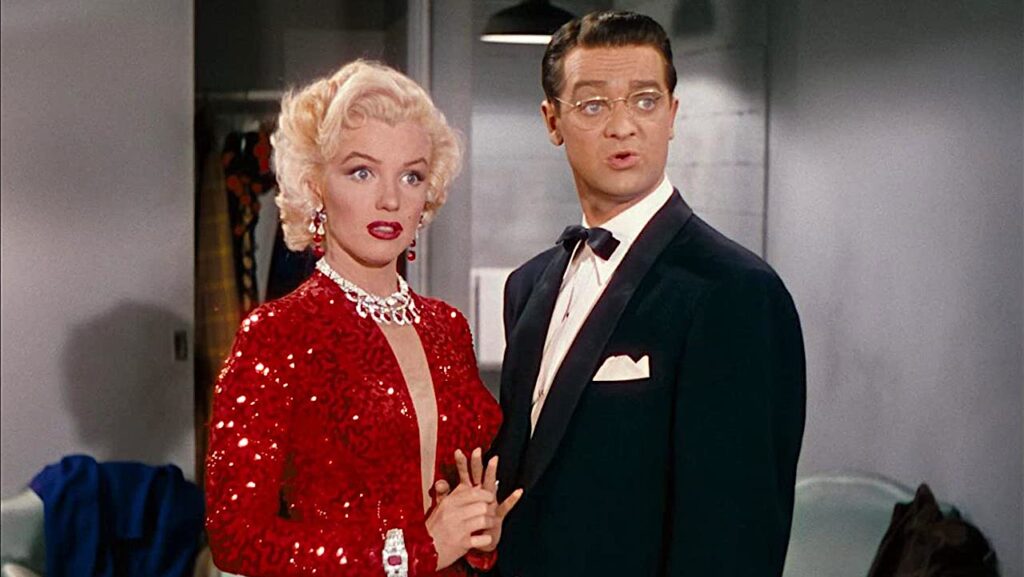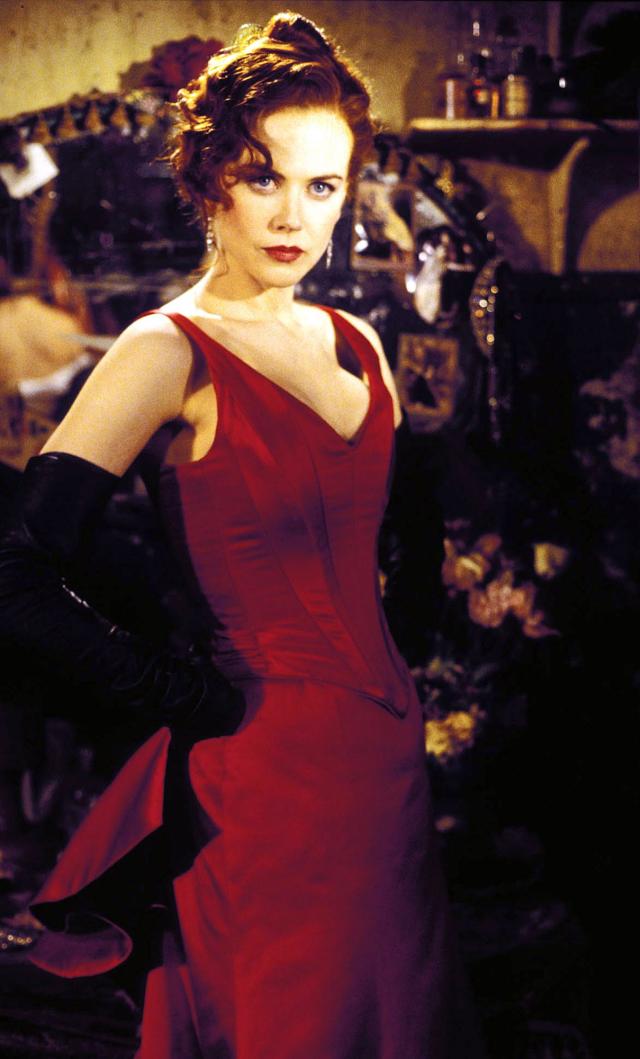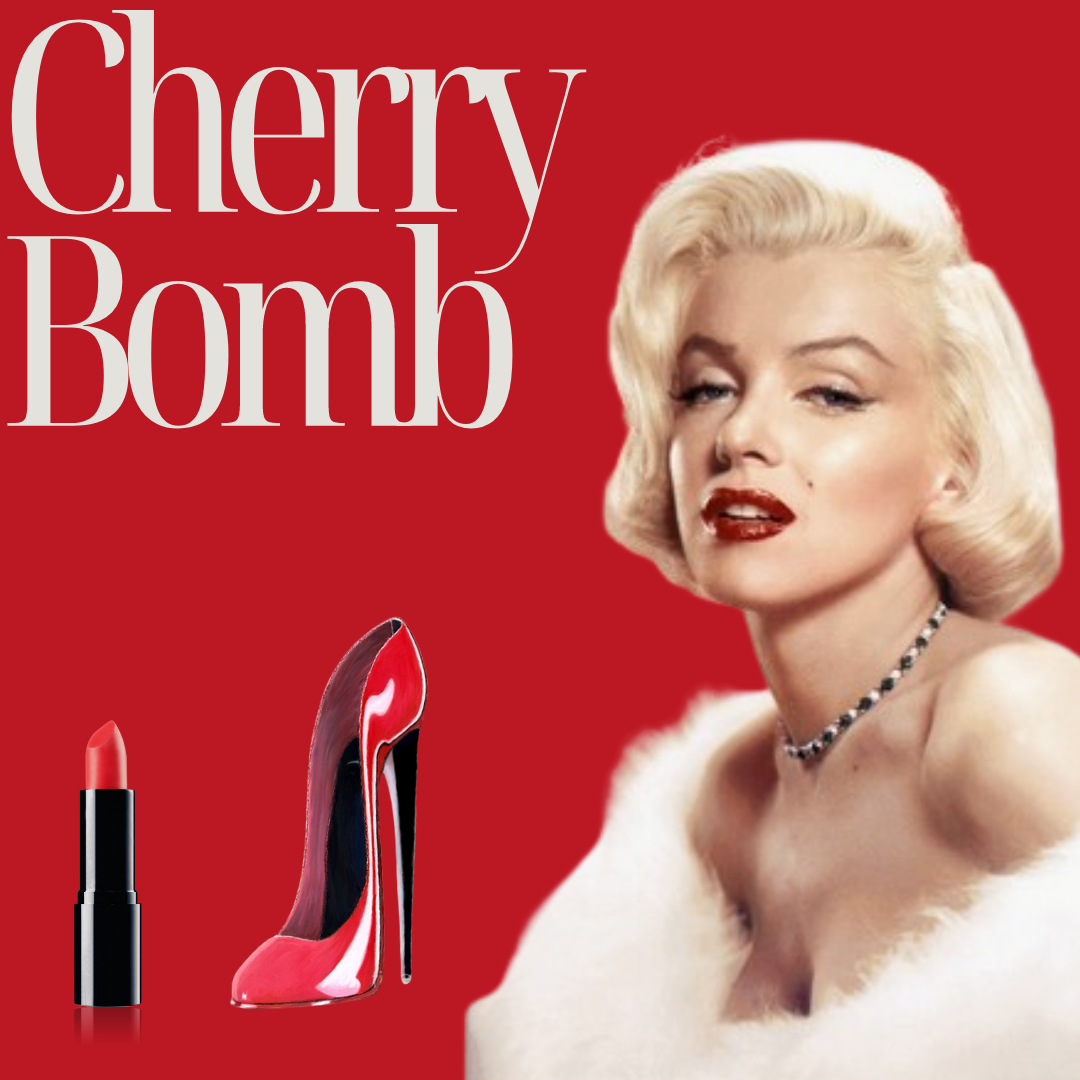Lead Copy Editor: Jacob Marion
Cherry red. Whether it’s tinted lip oils, leather clutches, little pumps or stand-out red stockings, this delicious crimson colour has been all the rage this season. But cherry red wasn’t always a welcome colour on the runway, in our wardrobes or on screen. In fact, the colour red – particularly worn by women – has often been seen as taboo, provocative, and scandalous.
Beginning in the Middle Ages, wearing red was seen as an indication of power and wealth, particularly since it was difficult to make and access the pigments necessary for dying fabrics in these vibrant shades. The colour wasn’t worn by the masses until the early 1950s. When thinking of red on screen, the first instance that stands out is Marilyn Monroe’s appearance in cherry red in Gentlemen Prefer Blondes, right when red began to be popularized in fashion. However, there are endless examples such as Julia Roberts’ iconic dress in Pretty Woman, Betty Boop’s perfectly placed outfit and Nicole Kidman’s crimson ensemble from Moulin Rouge. From the 1950s onwards, the colour red, and specifically the red dress, was used as a storytelling device on screen and in popular culture.
So… what type of woman is it that wears the red dress? Red is already such a symbolic colour, indicating danger, power, and invitation, that the red dress tells viewers exactly who this woman is. In her article, Sarah Gailey explains that the cherry red dress is “an archetype. When we see the red dress, we already have an idea of what we can expect from the woman inside of it.” She’s a vivacious, flirty, and sexually liberated woman who isn’t afraid of a little danger. The red dress draws on tropes that we, the audience, know and love. The sexiness of the red dress, combined with the eye-catching nature of the colour, is a call for attention. Gailey elaborates that as a society, “patriarchal indoctrination has impacted most of us thoroughly enough that we immediately distrust a woman who requests attention—especially one who requests attention using her sexuality.” The woman in the red dress is a little bad… but you know what? As viewers, we love it!

In the 1953 comedy, Gentlemen Prefer Blondes, Marilyn Monroe’s character, Lorelei Lee, is not only a shameless flirt, but is also seen as a golddigger. Her eye-catching and vibrant crimson dress, with its plunging neckline and showy silhouette, is used to effortlessly communicate this (and more) to the viewer. As one of Hollywood’s most iconic and enduring sex symbols, Monroe’s sequined dress in Gentlemen Prefer Blondes was one of the first instances where the colour red was not seen as an individual expression but as a way to enforce the gender normative archetype of the promiscuous and sexually liberated woman, as explained in Polyesterzine.
Marilyn Monroe in Gentlemen Prefer Blondes

Another shining example of the red dress is seen in Moulin Rouge. Strapped into this jaw-dropping corseted red gown, Nicole Kidman’s character – Mlle. Satine – attempts to persuade an interested party to invest in the performance venue. Mlle. Santine is known throughout pop culture for being seductive – a temptress- so in my mind, there is no question as to why the design team put her in a cherry red gown.
Time and time again, we see women in red portrayed as provocative, sexually promiscuous, and even untrustworthy. From Vivian Ward to Number Six in Battlestar Galactica, we see this trope duplicated on screen. However, in recent years, the red dress has become a tool of fourth-wave feminism, to tell a story of female agency. In everyday life, I have also seen women claiming this cherry red colour as their own, to tell any story or convey any message they want. A cherry red pair of pumps or cashmere sweater or handbag should be just that, a wardrobe piece. Yet, for now, the explosion of this colour into the media and the world of fashion and beauty feels like an act of female rebellion… a cherry bomb.



























